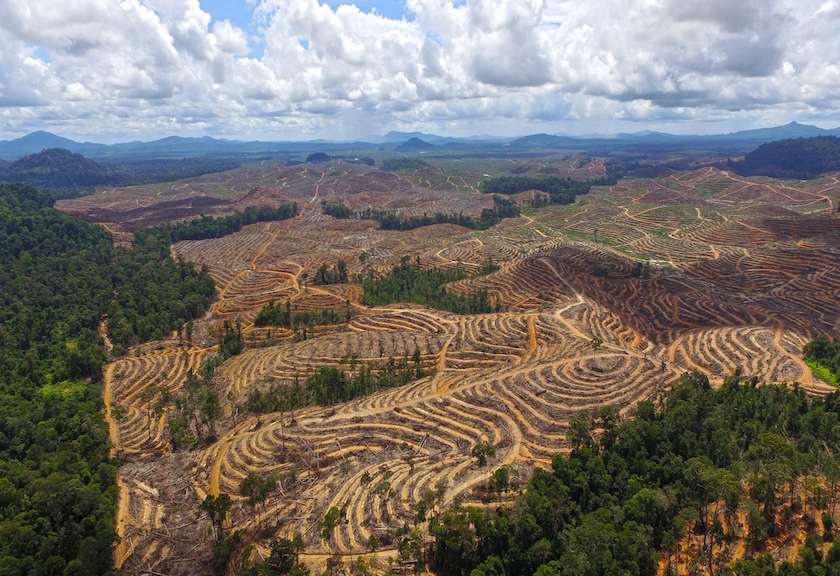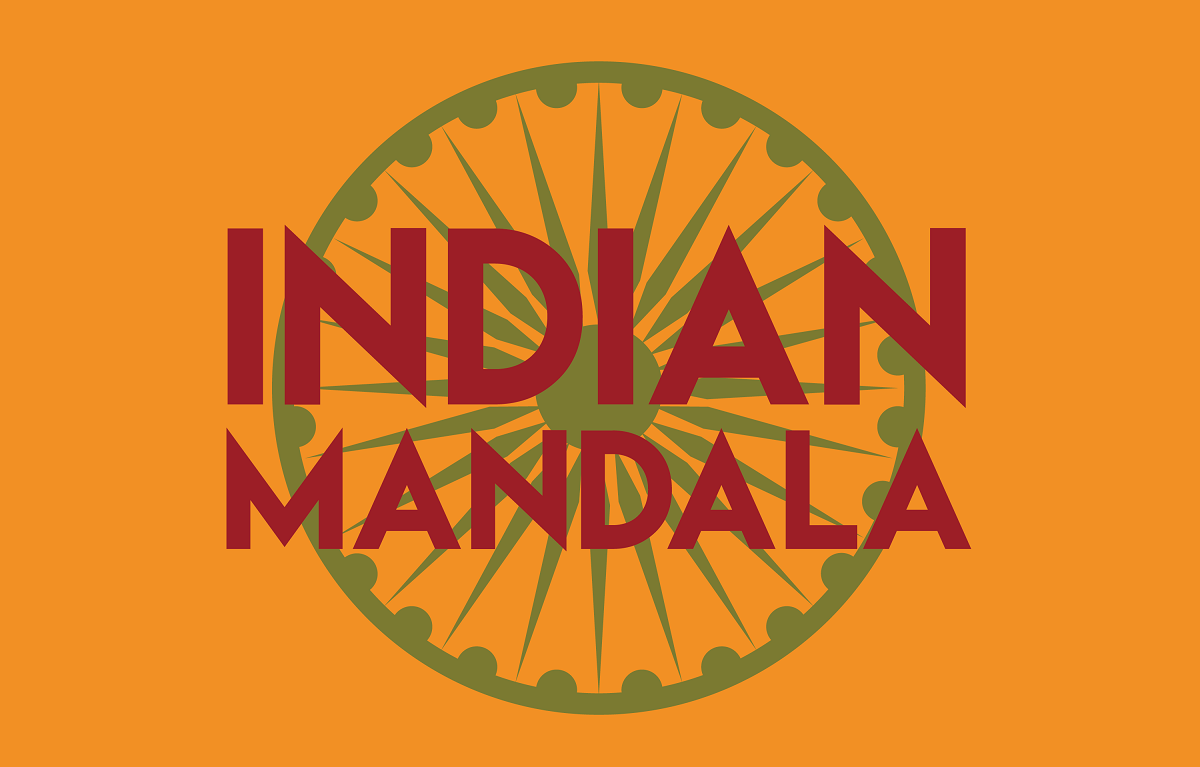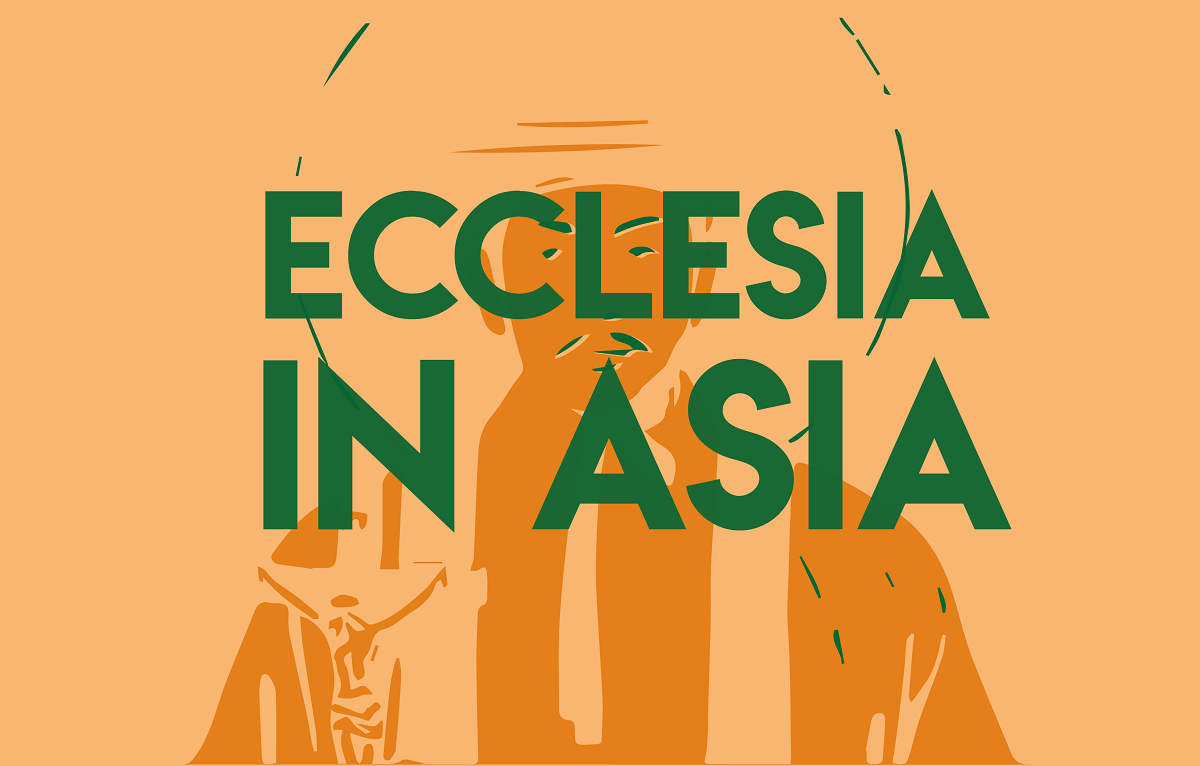Environmentalists slam Prabowo over plans to sacrifice forests for agri-food development
The project aims to turn 20.6 million hectares of forests in Papua’s Merauke region into rice and corn fields. For the Minister of Forestry, the goal is not to deforest, but to improve land productivity. The Indonesian Environment Forum calls for transparency. For Greenpeace Indonesia, the project is nearly impossible.
Jakarta (AsiaNews) – An agri-food development project, strongly backed by the administration of President Prabowo Subianto to achieve the goals of food resilience in Indonesia by 2027, has come under fire from environmental groups.
Last week, the Ministry of Forestry announced the new project, which would turn at least 20.6 million hectares of forests in Merauke, southern Papua, into farmland. Indonesia’s total forest area currently covers 120.33 million hectares.
Minister Raja Juli Antoni presented the plan at a meeting with members of the House of Representatives (DPR), saying that “it is not an act of deforestation," but part of a strategy to improve food productivity.
Raja did not clarify, however, what steps will be necessary to achieve the goals. His ministry claims that 20.6 million hectares of forest are already undergoing deforestation or have been affected by fires, and could be farmed to grow rice and corn.
According to the minister’s ambitious plan, every million hectares of forest could produce up to 3.5 million tonnes of rice and 1.5 million tonnes of corn per year, and projected rice production could offset the equivalent of Indonesia's rice imports for 2023.
Not everyone agrees. Many environmental groups involved in the protection of the territory slam the government plan, calling it haphazard because it seeks to achieve food self-sufficiency quickly without taking into account a number of critical elements.
Leonard Simanjuntak, head of Greenpeace Indonesia, warns that it is almost impossible for Jakarta to prepare 20.6 million hectares of land without clearing portions of forests that are now pristine.
Speaking to AsiaNews, the expert points out that “deforestation is the biggest risk and it will be followed by the release of massive amounts of carbon emissions.”
For its part, the Indonesian Environment Forum (Walhi) has called on the Ministry of Forestry to be more transparent about the selected areas to be deforested, whose locations have not yet been disclosed.
According to Global Forest Review data released by the World Resources Institute (WRI), Indonesia contributed to about 5.6 per cent of the total loss of primary forests in the world in 2022, or about 230,000 hectares.
In addition, Indonesia is also the fourth country in the world with the greatest loss of primary forests, by about 290,000 hectares in 2023.
Finally, the potential yield of the land from farming raises questions. Experts doubt government claims that turning 20.6 million hectares of forest areas into farmland would boost food production.
For Eliza Mardian, a researcher with the Centre of Reform on Economic (CORE), producing 3.5 million tonnes of rice and 1.5 million tonnes of corn on one million hectares of forest land will be hard to do.
In her view, the government should instead focus on optimising unforested and existing farmland, upgrading the food distribution system, and improving farmers' working conditions.
Priority must be given to “degraded land with minimal ecological impact, not on areas that still have forest cover which is vital for ecosystem balance,” Eliza explained.
“Don't let government programmes be full of conflicts of interest because the future is at stake. The remaining forest should be fiercely protected,” she added.
11/11/2021 11:42
08/08/2022 18:30







.png)










